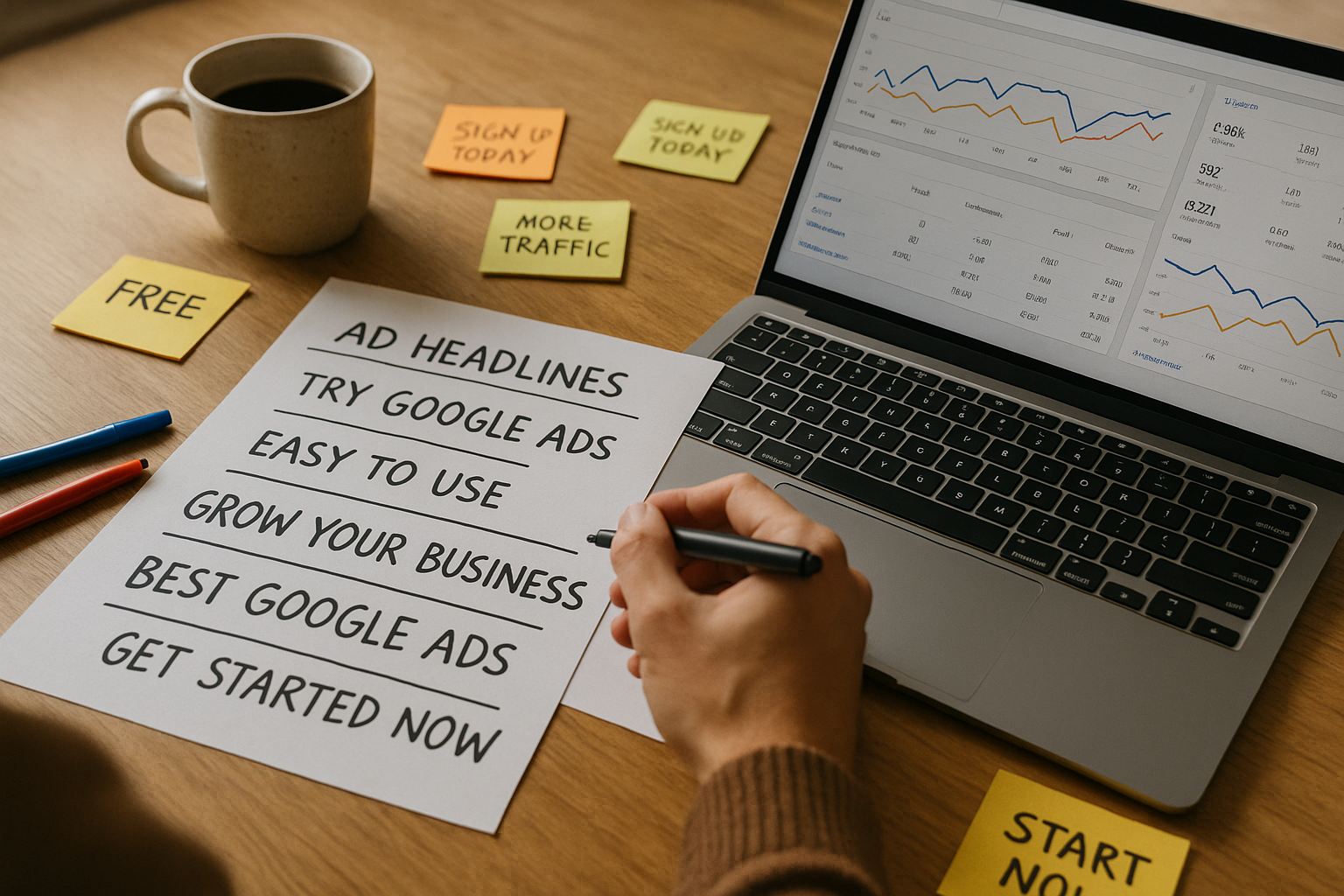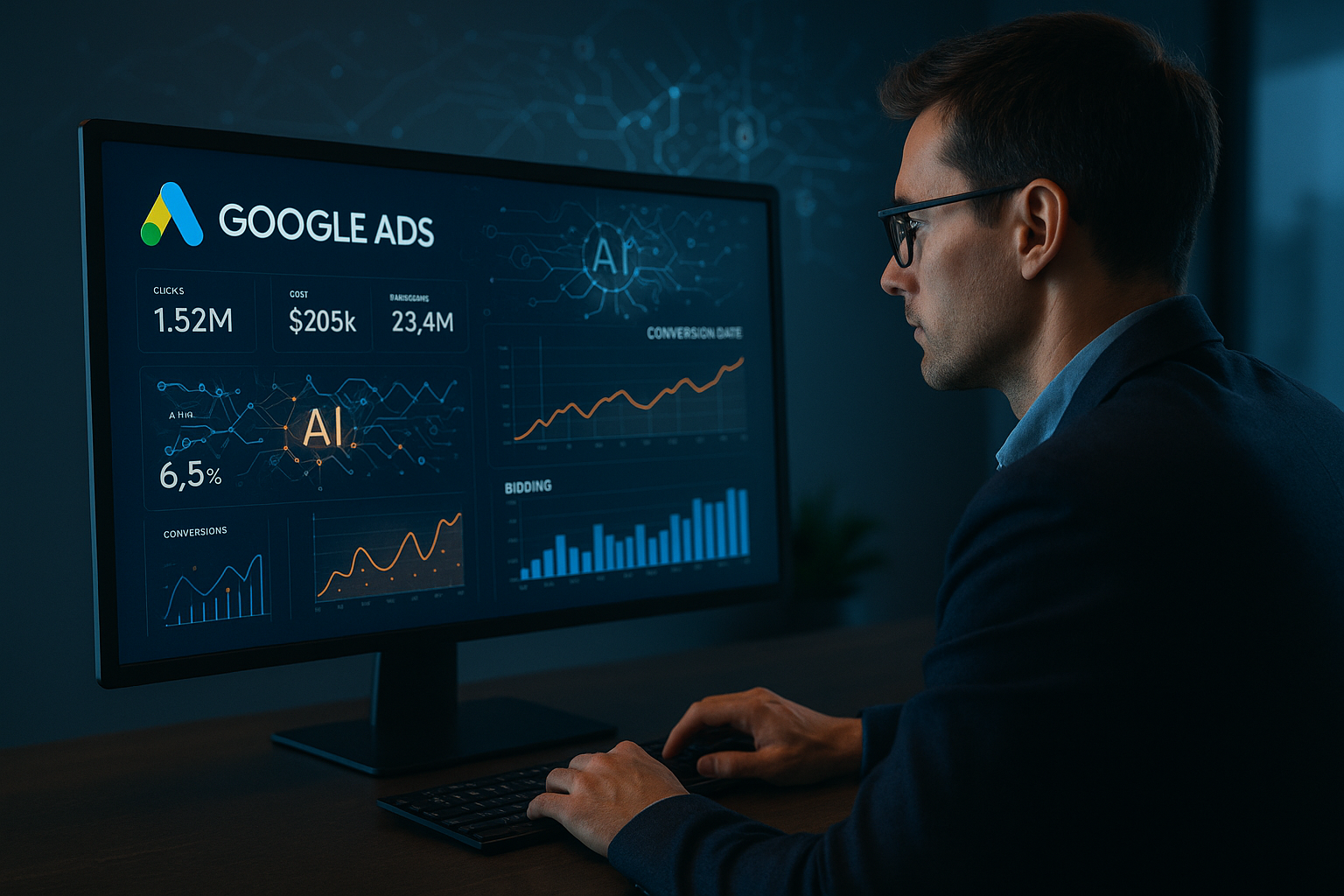How Long Does It Take for SEO To Work?
If you’re reading this, you might be thinking about hiring an SEO company. Or maybe you’ve already hired one and are eager to see results. Either way, you’re asking yourself, “How long does it take for SEO to work?” When will your business start showing up on page one of Google search results?
One initial answer is: it depends.
First, it depends on your business. Some industries are extremely competitive online. Dentists, for example, will find it difficult to rank high in search results, because many dentists compete for top spots in search engine rankings. On the other hand, companies in niche industries with few competitors can often rank on page one easily.
So, the first consideration is how many competitors are we dealing with.
The second consideration is the SEO strategy. In this blog, we’ll explain four ways we get our clients to the top of Google search results. Each takes a different amount of time—but some are better suited to different types of businesses. Typically, a combination of one or more of these services works best.
How Long Does it Take for SEO to Work? Four Strategies & Their Timelines
1. Content Marketing – 6+ Months
Content marketing achieves rankings through original blog posts and other types of content.
In content marketing, we create a long-term plan to pursue relevant “keywords” systematically. (Keywords are the words and phrases people type into Google.) Typically, we target one keyword per piece of content. By targeting keywords that are relevant to your business, we can help you show up in Google results when potential customers are looking for what you do.
Content marketing can take significant time to “work.” As a rule, most clients start seeing results after three months, with best results after six months to a year.
Why does it take so long? Each blog post or service page is unique, which means writers must take the time to do research and write the content. In addition, it can take time for Google to index the new content and for it to gain authority.
However, this time investment is worth it for many clients, especially those interested in sharing topical information with potential customers and building up their websites. It’s also the most “organic” SEO strategy in our arsenal, along with website work and more.
2. Backlinks – 6+ Months
Creating backlinks, or citations, for your website is a surefire way to improve SEO. A “backlink” is when another website links to your own. The more authoritative and relevant the linking website, the more powerfully the backlink works to improve your rankings.
We’ll create backlinks and citations for your business in all relevant online directories, including Google, Yahoo, Bing and dozens more. These not only help improve your rankings; they ensure that people using online directories can find you.
Though effective, backlinks do take time to improve your website’s visibility: usually six months or more.
That being said, we offer some faster SEO services, such as…
3. Performance SEO – 30 to 90 Days
If you want results ASAP, Performance SEO is for you. Typically, clients who opt for this strategy see results in one to three months. What’s more, we don’t charge for this service unless you get to the first page of Google search results.
Performance SEO works through advanced landing pages, which are loaded with “schemas” that make them instantly visible and attractive to search engines. (A “schema” is basically a hidden code that acts like a signpost for Google’s crawlers.) In addition, we write our landing pages in a way that’s SEO-informed.
After working with you to nail down a list of keywords—typically combinations of your services and locations—our writers and web developers create your pages and get them up and running within weeks.
If and only if you get results, we charge you for our services. Undoubtedly, this is one of the fastest ways to get to the top of Google search results with the least investment upfront.
4. Pay Per Click Advertising – Instantly
First of all, this strategy is technically no longer SEO. However, if you’re reading this article, you’re interested in getting to page one fast. And there is no faster method than pay per click (PPC) , otherwise known as Google Ads (formerly AdWords).
If you’ve ever noticed those ads at the top of Google’s search results, that’s PPC advertising. Basically, companies “bid” against each other to show up for keywords related to their services and pay only when someone clicks their ads.

While this may sound simple, PPC campaigns can require significant strategizing and oversight to avoid wasting money, which is why it’s often worth hiring a professional. In addition, this strategy is best for companies with medium to large budgets to spend.
However, a successful PPC campaign will land you at the top of Google as soon as it starts running—and can score many types of businesses highly qualified leads inexpensively.
Which Strategies Are Right for Your Business?
Not sure what are the best strategies for you? Start a conversation with us today ! We’ll gladly provide an honest opinion during a free consultation.
The post How Long Does It Take for SEO To Work? appeared first on GetPhound.












